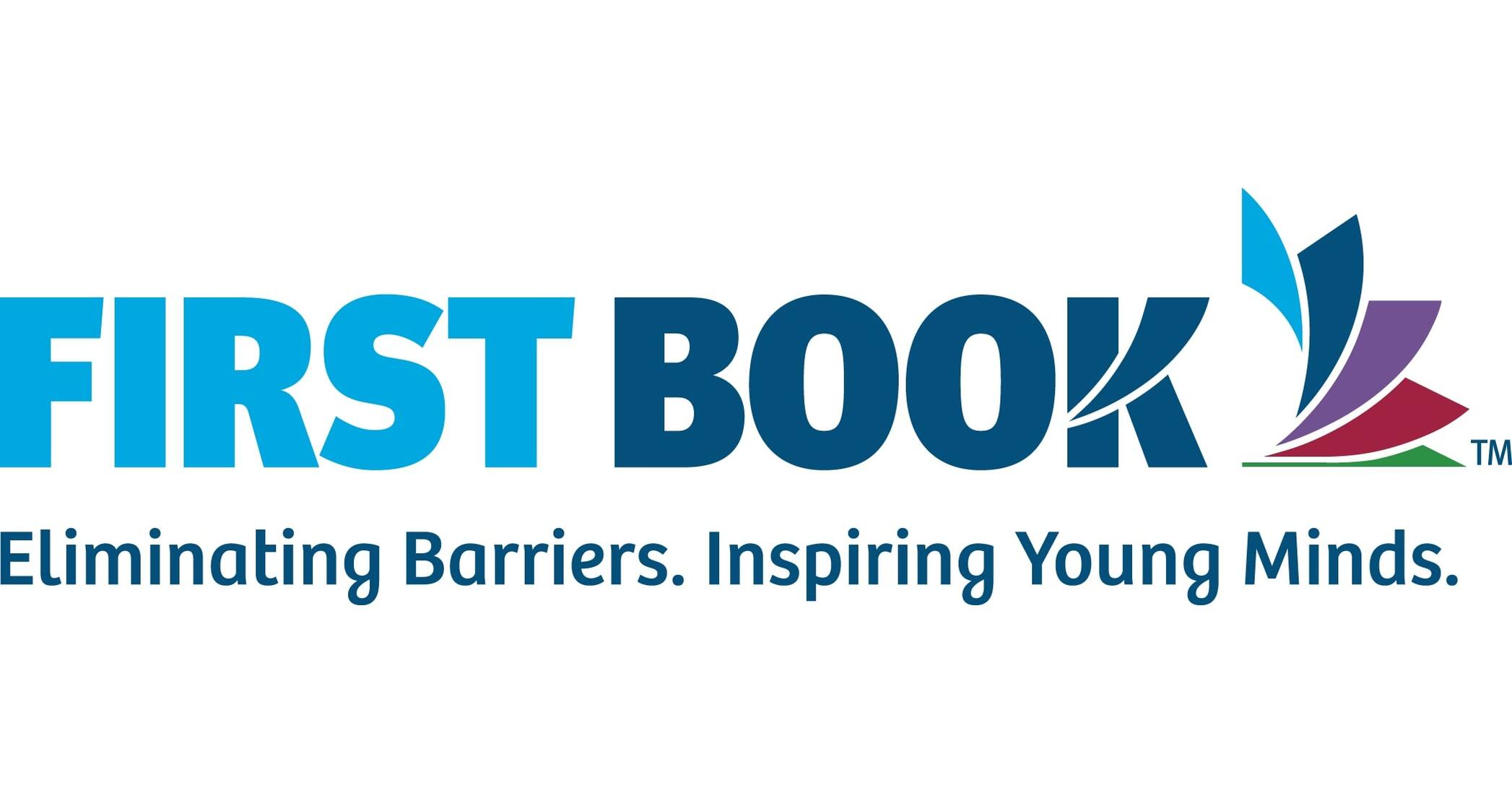The “Birds Supporting Birds” initiative to support seabird research in NOAA’s Stellwagen Bank National Marine Sanctuary
SILVER SPRING, Md., Nov. 12, 2025 /PRNewswire/ — The National Marine Sanctuary Foundation announced a “Birds Supporting Birds” partnership with the Philadelphia Eagles to support National Oceanic and Atmospheric Association’s (NOAA) Stellwagen Bank National Marine Sanctuary Shearwater Tagging Project, an ongoing research initiative dedicated to studying great shearwater seabirds and their migration across the Gulf of Maine ecosystem.
The “Birds Supporting Birds” initiative will support Stellwagen Bank researchers in their work this fall to tag great shearwaters and track their migratory routes across the Atlantic. The Philadelphia Eagles, affectionately known by fans as “the Birds”, in partnership with the Foundation are studying great shearwaters for their role as indicators of ecosystem health and climate impacts. Changes in ocean temperature, currents and other conditions can impact the seabirds’ food supply. Great shearwaters rely on sand lance, a small schooling fish that also feeds whales, dolphins, bluefin tuna and other key species within the Gulf of Maine which includes Stellwagen Bank that protects 842 square miles of ocean off the coast of Massachusetts.
Joel R. Johnson, president and CEO of the National Marine Sanctuary Foundation, said, “Partnering with the Philadelphia Eagles to support research in Stellwagen Bank National Marine Sanctuary shows the power of collaboration between two great teams to protect our ocean. We’re proud to connect more people to the remarkable journey of these remarkable seabirds, and the health of the waters and sea life they depend on.”
How does the initiative work?
Since 2013, researchers at Stellwagen Bank National Marine Sanctuary have used satellite tracking technology to study the movements, life cycle and feeding habits of great shearwaters — long-distance migratory seabirds that travel thousands of miles each year across the Atlantic Ocean. The tags are lightweight, attached with degradable thread and are equipped with small solar panels that allow scientists to monitor the birds’ routes over extended periods. In recent years, several transmitters have continued working into the winter months, providing valuable data on the birds’ migration into the South Atlantic.
The public will be able to follow along the shearwaters’ journeys on interactive maps available on the Stellwagen Bank National Marine Sanctuary website and reports by the Foundation.
“We’re thrilled to team up with the National Marine Sanctuary Foundation to support the Stellwagen Bank Shearwater Tagging Project,” said Norman Vossschulte, Vice President, Fan Experience and Sustainability, Philadelphia Eagles. “At the Eagles, environmental stewardship is an integral piece of our organizational identity, and we have a unique platform to bring awareness to initiatives benefiting our planet. It’s a privilege to leverage that platform to make a positive impact on our oceans and its seabirds. From one set of ‘Birds’ to another, Go Birds!”
The Shearwater Tagging Project is one of several research and education initiatives funded by the National Marine Sanctuary Foundation in Stellwagen Bank National Marine Sanctuary. The marine sanctuary is home to a rich array of marine life, from humpback whales to seabirds, and plays a critical role in advancing ocean science and conservation.
The National Marine Sanctuary Foundation, established in 2000, is the official non-profit partner of NOAA’s Office of National Marine Sanctuaries, supporting its system of 18 marine environments from Massachusetts to American Samoa and the Great Lakes to the Florida Keys. We protect these iconic places, care for marine wildlife and habitats, honor our nation’s maritime history and cultural traditions, and promote the enjoyment of these public waters through a combination of coalition-building, private fundraising and federal support.
In a quarter of a century, we’ve expanded and deepened people’s connections and access to our ocean, coasts, and Great Lakes, and built partnerships with coastal communities and businesses alongside the over 629,000 square miles of public waters that belong to all Americans.
Learn more at marinesanctuary.org.
MEDIA CONTACT
Isabella Zimmer
[email protected]
SOURCE National Marine Sanctuary Foundation






